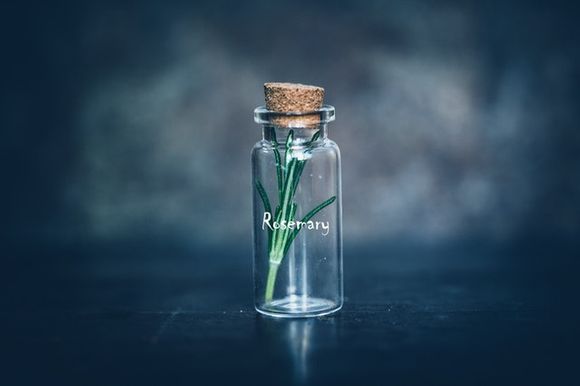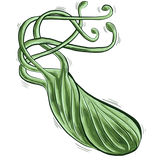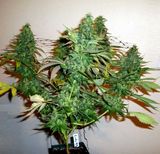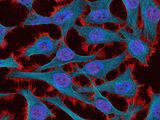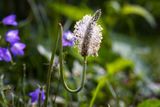Author: Rositsa Tashkova, Master of Molecular Biology and Microbiology
The importance of herbs for the treatment of various diseases, from ancient times until today, is evident from the various scientific disciplines that have formed around them [ref. 1]:
- Clinical use of medical plants is called phytotherapy;
- Historical aspects of the use of medicinal plants in different societies around the world are united in the sciences ethnobotany and ethnopharmacology;
- Traditional medicine, on the other hand, means the role of plants in various popular "unscientific" medical systems, experience that is passed down through generations, but is not proven by science (often this is due to the fact that the mechanisms of action of specific herbs or combinations are simply not studied);
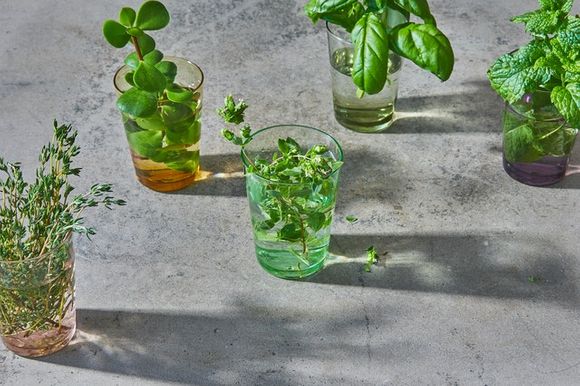
- Pharmacognosy is the science of biogenic or nature-derived pharmaceuticals and poisons. It deals with all medicinal plants, including complex mixtures that are used in the form of raw herbs or extracts (phytotherapy), pure compounds such as morphine, and foods that provide additional health benefits only in the context of preventive effects (nutraceuticals - garlic, ginger, turmeric, cocoa, red wine, foods containing flavonoids, anthocyanins and carotenoids). Pharmacognosy includes identification, physicochemical characterization, cultivation, extraction, preparation, quality control, and biological evaluation of drugs.
Herbs and medicine - what is the connection
It is estimated that more than 25% of prescription medicinal products contain herbal ingredients, but only a small percentage of the world's plants are studied for potential pharmaceutical use. [ref. 6]
In recent years, there has been increased interest in plant research as a source of new medicines. This has also increased the number of newly discovered bioactive compounds of plant origin, and many programmes will continue to contribute to this in the near future.
China plays an important role in the development of currently used pharmaceuticals, with approximately 30,000 species of plants, many of them with a long history of use in traditional medicine.
Read more:
Chinese experience in the treatment of COVID-19
9 herbs China uses to fight coronavirus (COVID-19)

According to the American Society of Pharmacognosy, it represents "the study of the physical, chemical, biochemical and biological properties of medicines, medicinal substances or potential medicines and medicinal substances of natural origin, as well as the search for new drugs from natural sources."
Often, medicinal substances of natural origin cannot be produced en masse, so they need to be studied in order to develop synthetic biologically similar products.
The production of these compounds synthetically allows modifications to be made to increase bioavailability, change pharmacokinetics and increase efficacy. These modifications can transform raw inactive plant extract into a powerful drug, as seen in some anticancer medicines. Thus, natural compounds are excellent models for the production of new drugs. [ref. 7]
Pharmacognosy is recognized as a vital part of the processes of drug development and pharmaceutical education, but has recently been neglected, due to the emergence of effective drugs that can be synthesized in the laboratory.

However, many scientists share the belief that people's knowledge of the medicinal application of different plants should never be lost, as they provide a very good starting point for the development of new drugs. An example of this is artemisinin from the sweet wormwood Artemisia annua, which is a recognized ancient Chinese medicine against malaria.
Respect for ancient wisdom is reflected in phytotherapy (herbal treatment) and phytopharmaceuticals. The use of herbal products to treat diseases is well known in South America, China and India, where billions of dollars are spent on research to identify and market natural medicines.

The hidden healing properties of herbs
Different parts of the plant (flower, leaves, stems, roots, fruits) can be used as medicines or a specific active substance can be extracted from it, which can be put into a tablet, capsule, syrup.
Well-established in medical practice examples of the first method of administration are: St. John's wort (Hypericum perforatum) for the treatment of mild to medium-severity depression; Gingko biloba, the leaves of which are used to improve memory and anxiety; chamomile flowers (Chamomilla recutita) to relieve mild gastrointestinal disorders and as an anti-inflammatory agent; leaves and pods of Alexandrian senna (Senna alexandrina) against constipation); extract of hawthorn, mint and valerian for relaxation; decoction of European smoketree (smoke tree, Cotinus coggygria) for external use, due to its antiseptic properties and many others.

Some of them are accepted into the ranks of classical or conventional medicine, while others are still part of the so-called alternative medicine [ref. 2] and are used as supportive, additional medical supplements.
Due to their richness in active substances, herbs should not be taken lightly as something that "if it does not help, at least it will not harm you". Some of these ingredients are extremely potent, others may have an impact (beneficial or not) with prolonged use. Let us not forget that most poisons also have a natural origin.
Some herbs have a hepatotoxic effect (they are toxic to the liver), others may cause photosensitivity, and when taken we should not expose ourselves to the sun (this is the case with St. John's wort), others may interact with other medicines that we take. Therefore, the herbal treatment is necessary to be perscribed and monitored by a specialist. Unfortunately, not every doctor or pharmacist is well aware of the characteristics of herbs and herbal preparations, but there are also many self-styled "healers".
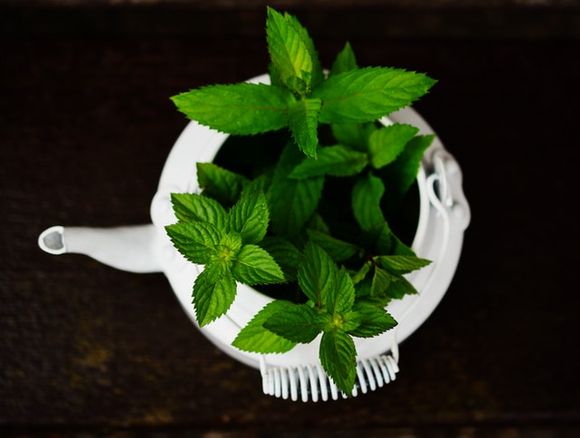
When we talk about active ingredients, these are pure chemicals commonly used in the form of licensed medicines. Sometimes they are produced synthetically but initially found in plants. Examples of such substances are [ref. 1]:
-
Opium poppy
- (Papaver somniferum) morphine, used as an analgesic;
- Digoxin and other glycosides from the foxgloves plant (Digitalis spp.), used to treat heart failure;
- Taxol from Pacific yew (Taxus brevifolia), used as an anticancer agent [ref. 9];
- Quinine, from the bark of the red cinchona (Cinchona pubescens), used to treat malaria;
- Galantamine derived from a type of snowdrops used to treat cognitive disorders.
Is there a difference between herbal medicines and homeopathy
Unfortunately, many people still do not distinguish between homeopathy and herbal treatment, incorrectly calling herbal preparations homeopathic. Therefore, we need to distinguish between the two.
What is common between treatment with herbs and homeopathy is that both enter the category "alternative treatment", as well as in that the content of certain homeopathic preparations lists herbs and other plants.
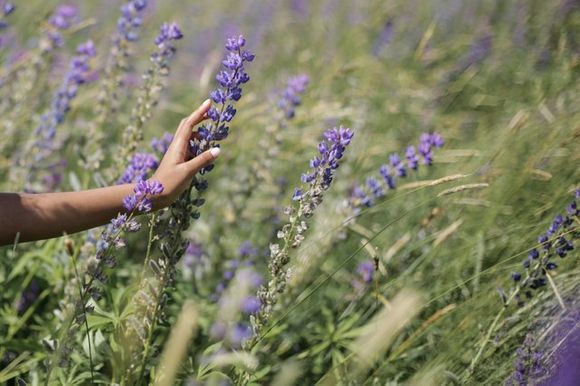
Herbal treatment is the use of plants, lichens, algae and mushrooms for healing or therapeutic effects on the body. The earliest evidence that the herbs were used for healing was found on clay tablets created around 3000 BC from the Sumerians in ancient Mesopotamia (present-day Iraq).
The foundations of Chinese traditional medicine were probably laid between 200 and 250 AD, and meanwhile the foundations of Ayurveda in present-day Pakistan were being laid. Centuries later, in 1500 BC, the ancient Egyptians wrote about the use of plants for medicinal purposes on scrolls called Ebers Papyrus. [ref. 8]
In herbal treatment, various preparations are used, such as tinctures, teas, powders, essential oils, honey soaked in herbs, herbal vinegars, elixirs and numerous local forms. The main feature shared by all of them is that they contain physiologically active substances from the herbs used for their production.

In turn, homeopathy was developed in the late 18th century in Germany by Dr. Samuel Hahnemann. It is based on the principle "like cures like" - the root of the word homeopathy, as "homeo" means "like" and "pathos" means "disease".
What does this mean? Homeopathic preparations usually contain negligible doses of substances that are thought to have created the same symptoms as the disease. Homeopathy is based on the philosophy of 'less is more', according to which the more diluted the medicine is, the stronger its effect. Even today homeopathy uses highly diluted substances of natural origin for its medications. [ref. 3]
Homeopathic preparations use herbs such as arnica (Arnica montana) and poison ivy (Toxicodendron radicans), but also minerals such as phosphorus and animal products such as snake venom (Lachesis mutus). The preparations are made in infinitesimal dilutions so that very few or no molecules of the original substance remain. They are then included in topical preparations, tinctures or small sugar pills that dissolve under the tongue.
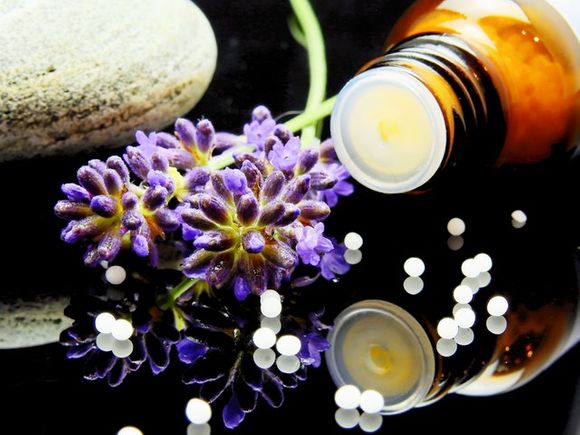
So, the main difference between the two methods is that in herbal treatment, preparations rely on the phytochemicals that herbs contain. These phytochemicals are present in physiological levels and are accordingly found in herbal preparations. In homeopathic preparations, materials are diluted repeatedly - so much so that only a miniature amount of the original substance remains, if any at all.
Another significant difference is that homeopathy is not based on any scientific evidence [ref. 4], despite attempts to confirm its effects. Unlike herbal medicine, homeopathy has been rejected by the scientific community as an ineffective method of "treatment." [ref. 5]
Herbs have an established role for the development of medicine and pharmacy, both in the past and in the present and future. Their potential continues to be studied and realized as we enjoy another cup of aromatic thyme tea, mint and oregano.
